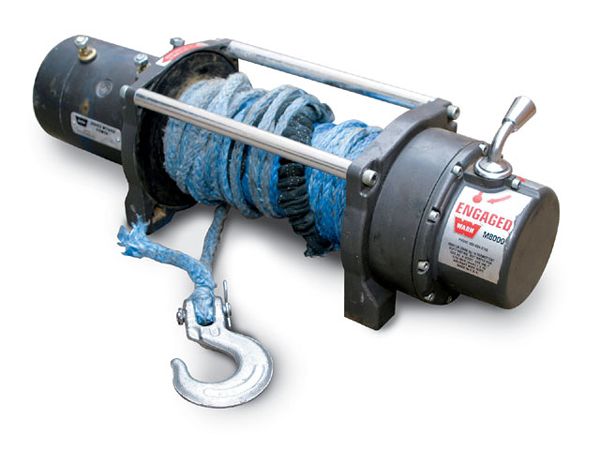

We'd used our venerable Warn M8000 for about six years or so, and it had never let us down. We had rescued stuck trucks, righted rolled-over rigs, and extracted ourselves from rocky notches and waterfalls too steep to climb. Though our winch hadn't seen a lot of mud, it had been submerged underwater a number of times in creek and wash crossings. It had also seen years of fine desert dust that had surely worked its way into our trusty companion.
But in recent years, we'd noticed a little more noise coming from the drum assembly, so we decided it best to do a little inspection and maintenance as needed. You can find an exploded parts diagram in your original Warn manual, along with a parts list. If not, you can find them on Warn's Web site, in the "Replacement Parts" section. Once you identify any seals, gaskets, or other worn parts you want to replace, they can be ordered from your local Warn dealer for quite reasonable prices. Along with that, you'll want fresh grease for the internals.
We tore down our M8000, then cleaned, inspected, lubed, and reassembled it in a few hours. The job required only common handtools and was fairly straightforward. Many Warn models should be similar in this process. Follow along as we revitalize our winch.










 PhotosView Slideshow
PhotosView Slideshow











